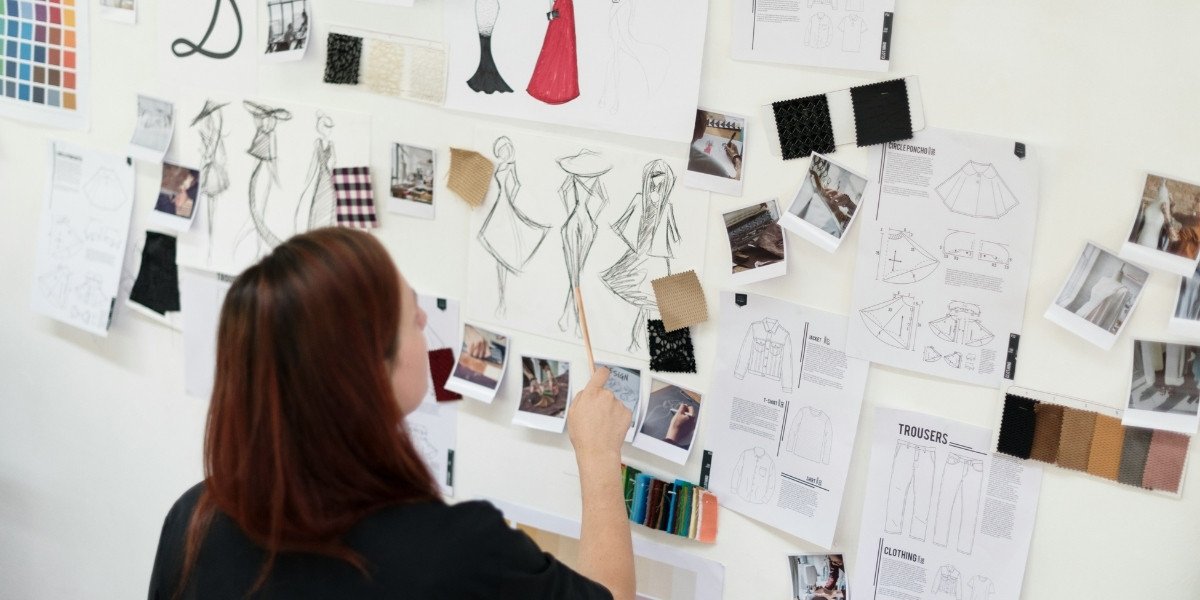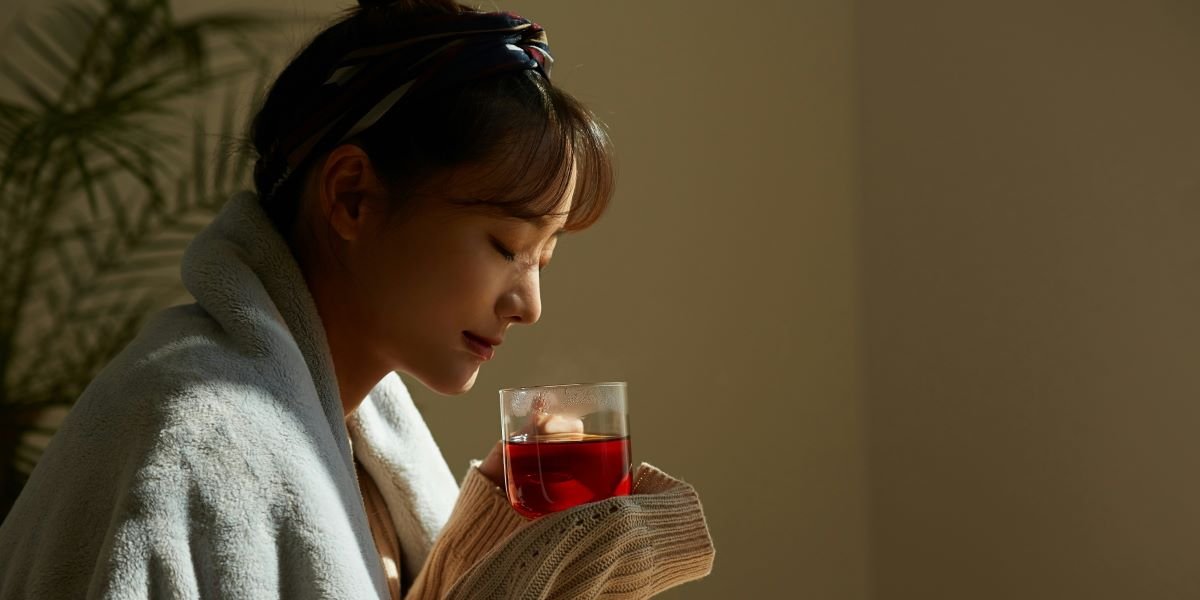In the modeling industry, appearance and personal brand are paramount. A model’s image is not just about physical looks but also how they present themselves to the public and within professional circles. Maintaining a model’s image requires consistent effort in both self-care and strategic branding. This article explores the various facets of maintaining an effective and professional image as a model, including grooming, style development, and managing public perception.
Read also: Fashion in Media and Art: The Intersection of Style, Photography, and Culture
The Importance of Personal Grooming and Appearance
Personal grooming is the foundation of a model’s professional image. In an industry where appearance is everything, models are expected to maintain high standards of personal care. This includes not only basic hygiene but also the upkeep of hair, skin, nails, and overall body health. Models often invest in regular skincare routines, haircuts, and fitness regimens to ensure that they are in peak physical condition. This self-care is not just about looking good—it’s about feeling confident and prepared to take on professional assignments.
For models, grooming also extends to the careful preparation before casting calls and photoshoots. An editor or photographer may require specific looks, so models must be flexible and adaptable. A model’s physical appearance, combined with meticulous grooming, can significantly affect how they are perceived in the industry and how well they perform in front of the camera.
In addition to physical grooming, models should focus on maintaining a healthy lifestyle, including proper nutrition and regular exercise. These practices help sustain the energy levels needed for demanding shoots and the endurance required in an industry that often involves long hours and physical exertion.
Developing a Unique Style and Image as a Model
Beyond grooming, creating a unique style is crucial in building a successful modeling career. While many models may share similar physical attributes, the ones who stand out in the industry often have distinctive looks, personalities, or ways of presenting themselves. A model’s style is developed over time and is influenced by personal preferences, the kinds of modeling work they seek, and how they are marketed by their agencies.
Models must think strategically about the types of images they want to project and the markets they wish to enter. Whether a model is aiming for high-fashion editorial work, commercial advertising, or runway, their style should reflect the type of modeling they want to pursue. For example, models looking to work in fashion may emphasize a more avant-garde and artistic look, while those pursuing commercial work may focus on accessibility and approachability.
Developing a strong personal style allows models to differentiate themselves in a competitive market. A well-established style can also attract clients and agencies looking for specific attributes, further solidifying the model’s brand and role in the industry.
Working with Makeup Artists, Stylists, and Designers
Models are not isolated in their image creation. The collaboration with makeup artists, stylists, and designers is essential in shaping the overall look for a photoshoot or runway show. These professionals play a significant role in a model’s image, often determining the final appearance for a project. Makeup artists help models achieve the desired look, whether it’s a natural aesthetic or a dramatic, high-fashion style. Stylists create outfits that fit the model’s body and style, aligning with the visual goals of the shoot or event.
By building strong working relationships with these professionals, models ensure that their appearance aligns with the project’s vision while still highlighting their personal brand. A model’s ability to work seamlessly with stylists, makeup artists, and designers demonstrates professionalism and flexibility, which are key attributes in maintaining a strong reputation in the industry.
Additionally, understanding how to pose and work with different looks can enhance a model’s value on set. Models who can adapt to various styles, from casual to couture, provide a wide range of options for clients, increasing their versatility and opportunities for work.
Personal Branding: Social Media, Portfolios, and Networking
In today’s digital age, personal branding has become a crucial component of a model’s career. Social media platforms, such as Instagram, Twitter, and LinkedIn, offer models a direct way to interact with fans, clients, and agencies. Building a social media presence allows models to showcase their work, share behind-the-scenes content, and engage with their followers. Consistently posting high-quality photos, collaborating with photographers, and highlighting accomplishments can significantly enhance a model’s public profile.
In addition to social media, maintaining a professional portfolio is essential for any model. Portfolios act as a visual resume, demonstrating the model’s range, versatility, and experience. It should include a variety of shots, such as headshots, full-body images, and editorial work, to showcase different looks and styles. Having a strong, updated portfolio increases the chances of being noticed by agencies and clients looking for specific types of talent.
Networking also plays a pivotal role in personal branding. Attending industry events, fashion shows, and casting calls helps models establish connections with photographers, designers, and agents. Building a network of professionals ensures that a model stays informed about potential opportunities and can leverage those connections to advance their careers.
Managing Your Public Image and Press Coverage
A model’s public image is closely tied to their reputation in the industry. Managing how you are perceived in public, especially through media coverage, is critical. This includes handling press appearances, interviews, and public relations efforts. Models must ensure that their personal conduct aligns with the values they wish to project in their professional lives.
Maintaining a positive image is especially important as negative publicity can significantly harm a model’s career. Models should work closely with their agents and publicists to manage media interactions, ensuring that the portrayal in the press reflects their desired personal brand.
Additionally, addressing any controversies or negative press head-on, through a well-thought-out statement or public response, helps models maintain control over their image. Ensuring consistency across personal branding, social media, and public appearances can solidify the model’s position in the industry and attract new opportunities.
Maintaining a model’s image involves more than just looking good; it’s about consistent self-care, developing a unique personal style, and strategically managing public perception. From grooming and collaborating with industry professionals to building a strong personal brand on social media and networking, models must invest time and effort into creating and preserving their image. By doing so, they ensure that they remain relevant, in-demand, and respected in an ever-evolving industry.









